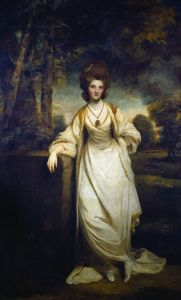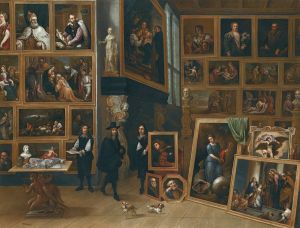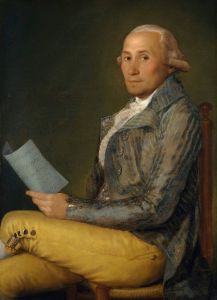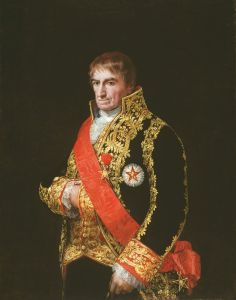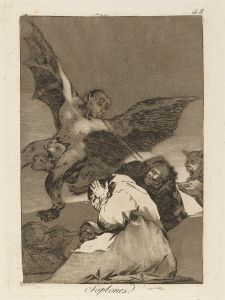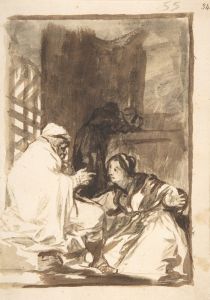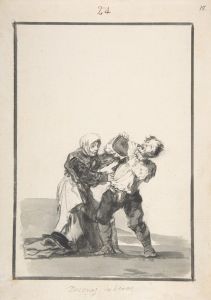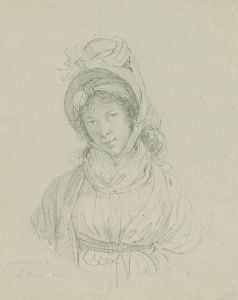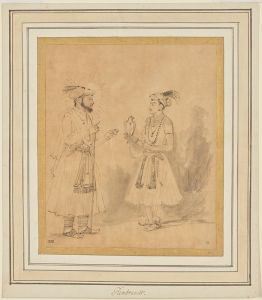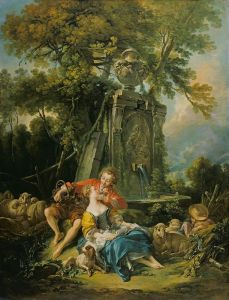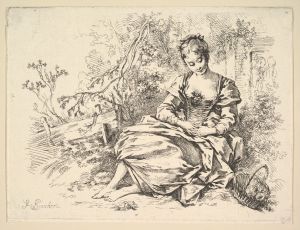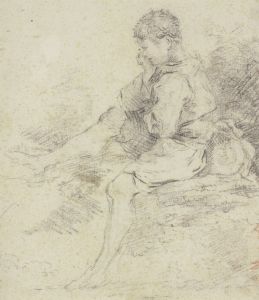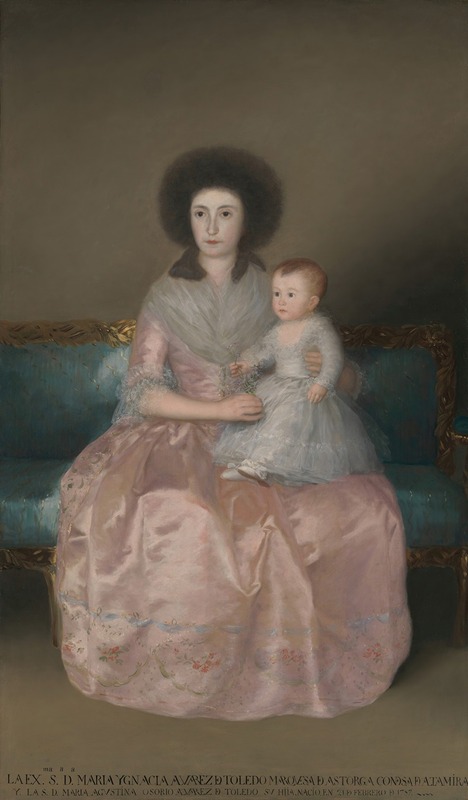
Condesa de Altamira and Her Daughter, María Agustina
A hand-painted replica of Francisco de Goya’s masterpiece Condesa de Altamira and Her Daughter, María Agustina, meticulously crafted by professional artists to capture the true essence of the original. Each piece is created with museum-quality canvas and rare mineral pigments, carefully painted by experienced artists with delicate brushstrokes and rich, layered colors to perfectly recreate the texture of the original artwork. Unlike machine-printed reproductions, this hand-painted version brings the painting to life, infused with the artist’s emotions and skill in every stroke. Whether for personal collection or home decoration, it instantly elevates the artistic atmosphere of any space.
"Condesa de Altamira and Her Daughter, María Agustina" is a portrait painting by the renowned Spanish artist Francisco de Goya. Created between 1786 and 1787, this artwork exemplifies Goya's skill in capturing the essence and status of his subjects through portraiture. The painting is part of Goya's extensive body of work that includes portraits of Spanish nobility and other prominent figures of his time.
The painting depicts María Ignacia Álvarez de Toledo, the Countess of Altamira, alongside her young daughter, María Agustina. The Countess was a member of the Spanish aristocracy, and her family was part of the influential circles in Spain during the late 18th century. Goya, who was gaining prominence as a court painter, was commissioned to create portraits for many noble families, including the Altamira family.
In the portrait, the Countess is elegantly dressed, reflecting her high social status. Her attire is typical of the fashion among the Spanish nobility during the late 18th century, characterized by luxurious fabrics and intricate details. Her daughter, María Agustina, is depicted with a gentle expression, standing beside her mother. The composition of the painting highlights the bond between mother and daughter, a common theme in portraiture that emphasizes familial connections and continuity of lineage.
Goya's use of light and shadow in this painting is notable, as it adds depth and dimension to the figures, bringing out the textures of their clothing and the subtle expressions on their faces. The background is kept relatively simple, ensuring that the focus remains on the subjects. This technique is characteristic of Goya's portrait style, where the emphasis is placed on the individuals rather than their surroundings.
The painting is part of the collection at the Metropolitan Museum of Art in New York City, where it is appreciated for its artistic merit and historical significance. As with many of Goya's works, this portrait provides insight into the social and cultural context of Spain during his lifetime. It reflects the artist's ability to convey the personality and status of his subjects while also capturing the nuances of human expression.
Goya's career spanned a period of significant political and social change in Spain, and his work often reflects the complexities of his time. While "Condesa de Altamira and Her Daughter, María Agustina" is primarily a portrait, it also serves as a historical document, offering a glimpse into the lives of the Spanish aristocracy in the late 18th century.
Overall, this painting is a testament to Goya's mastery as a portrait artist and his ability to create works that resonate with viewers both in his time and today. Through his skillful use of composition, light, and detail, Goya captures not only the likeness of his subjects but also the essence of their character and status.





